You've grilled the perfect steak, smothered it in a lush, tangy green pepper sauce, and now you're wondering — can I take this to the next level? The answer is yes. And the secret lies not just in salt and pepper, but in some seriously innovative spice pairings.
Designed specifically for home cooks seeking restaurant-quality results with minimal complexity, this guide reveals how globally-inspired spice traditions transform your steak into a culinary journey. Discover why certain pairings create flavor harmony through historical context and sensory science — not just generic recommendations.
Table of Contents
- Why Spices Matter: Beyond Basic Seasoning
- Pairing #1: Smoked Paprika & Green Peppercorns
- Pairing #2: Cumin + Citrus Zest
- Pairing #3: Coriander + Mustard Seed
- Pairing #4: Szechuan Pepper & Garlic
- Pairing #5: Sumac & Thyme
- Pairing #6: Star Anise & Brown Sugar
- Pairing #7: Fennel Seeds & Bay Leaf
- Pro Tips for Perfect Pairing
- Frequently Asked Questions
- Conclusion
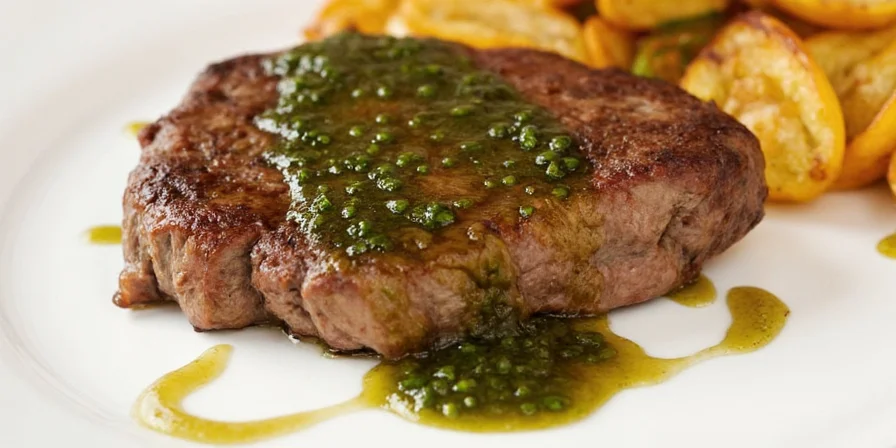
Why Spices Matter: Beyond Basic Seasoning
Steak with green pepper sauce is inherently balanced — the sauce's acidity cuts through richness while peppercorns provide gentle heat. But true mastery comes from understanding how spices interact at a molecular level. Unlike generic seasoning advice, these pairings leverage flavor layering principles used in Michelin-starred kitchens: volatile compounds in spices bind with fat molecules in steak, while enzymatic reactions in the sauce amplify complexity.
This historical perspective matters: many pairings originated from Silk Road trade routes where spice merchants discovered complementary profiles through centuries of experimentation. Let's explore how to apply this wisdom practically.
Pairing #1: Smoked Paprika & Green Peppercorns
Why it works: Smoked paprika's guajillo chili base contains capsaicinoids that activate warmth receptors without burning, while green peppercorns release monoterpenes that enhance the sauce's vegetal notes. This pairing mimics Spain's 16th-century smoked pepper traditions where wood-fired techniques developed specifically for preserving game meats.
- Add a pinch of smoked paprika to your dry rub before grilling
- Stir crushed green peppercorns into the sauce during the final minute of cooking to preserve volatile oils
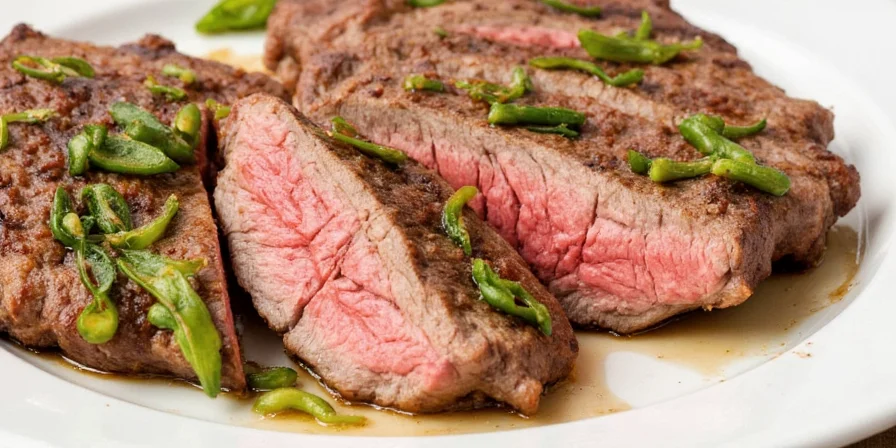
Pairing #2: Cumin + Citrus Zest
Why it works: Cumin's cuminaldehyde compounds create a savory backbone that citrus limonene molecules elevate through aroma diffusion. This technique traces to Ottoman-era Constantinople where spice merchants combined Levantine cumin with locally-grown citrus to balance rich lamb dishes — now adapted perfectly for beef.
- Mix cumin with lemon zest and olive oil for a pre-sear marinade
- Garnish with microgreens and a sprinkle of zest after plating
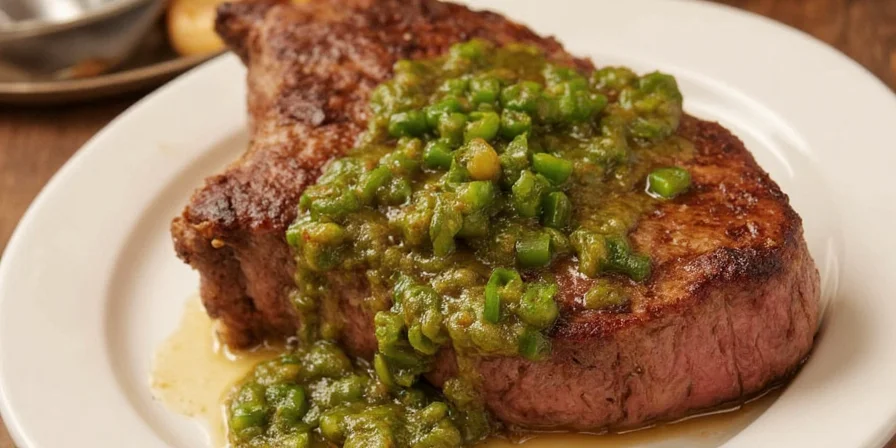
Pairing #3: Coriander + Mustard Seed
Why it works: Coriander's linalool provides floral sweetness that mustard's sinigrin converts into gentle heat upon activation. This pairing reflects Mughal-era Indian kitchens where spice grinders combined these seeds to cut through fatty curries — ideal for green pepper sauce's tangy profile.
- Toast coriander seeds and mustard seeds together, then crush
- Rub onto the steak before searing for a crusty finish
Pairing #4: Szechuan Pepper & Garlic
Why it works: Szechuan pepper's hydroxy-alpha sanshool creates a tingling sensation that heightens garlic's allicin compounds, producing a savory-numbing effect. This pairing originated in Sichuan province's humid river valleys where chefs used it to counteract meaty flavors in preserved foods.
- Grind Szechuan pepper into a powder and mix with minced garlic
- Apply just before serving for maximum sensory impact
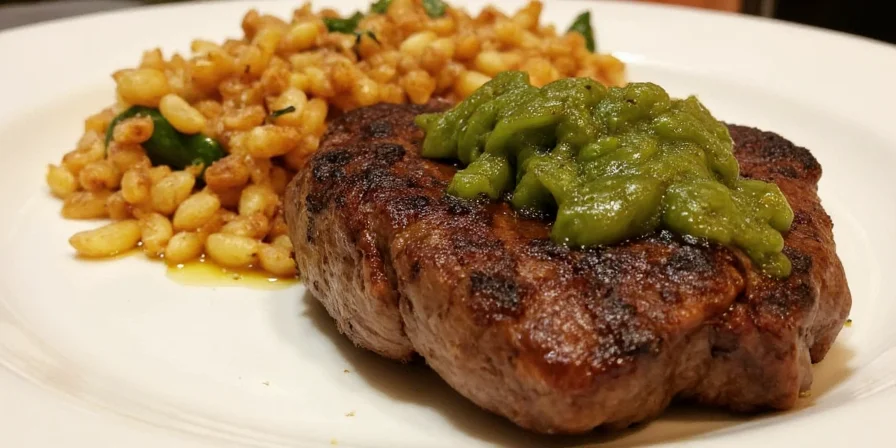
Pairing #5: Sumac & Thyme
Why it works: Sumac's citric acid brightens thyme's thymol compounds, creating a flavor bridge between the sauce's acidity and steak's umami. This technique comes from Levantine butcher traditions where sumac-thyme rubs preserved meats before refrigeration.
- Make a herb-spice compound butter with thyme and sumac
- Let it melt over the steak post-grill for a glossy finish
Pairing #6: Star Anise & Brown Sugar
Why it works: Star anise's anethole compounds interact with brown sugar's molasses to neutralize green pepper sauce's sharp acidity. This method evolved from Chinese imperial kitchens where star anise balanced vinegar-based sauces for royal banquets.
- Simmer crushed star anise with brown sugar for a glaze
- Brush lightly on the steak during the last few minutes of cooking
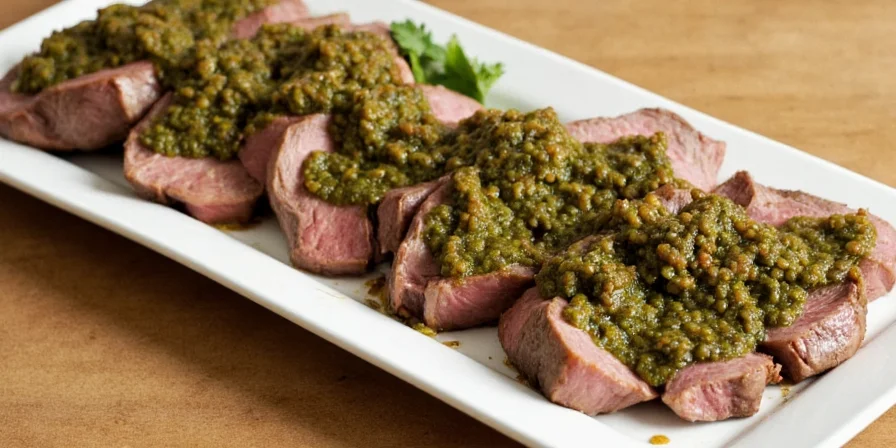
Pairing #7: Fennel Seeds & Bay Leaf
Why it works: Fennel's anethole complements bay leaf's eugenol, creating a Mediterranean profile that enhances green pepper's herbal notes. This combination stems from ancient Roman trade routes where bay leaves preserved fennel seeds during sea voyages.
- Crush fennel seeds and crumble bay leaves into a dry rub
- Rub onto steak before slow-roasting or grilling
Pro Tips for Perfect Pairing
Master these techniques used by professional kitchens to maximize flavor impact:
- Burn it right: Toast whole spices in a dry pan to release essential oils before grinding — 30 seconds for seeds, 15 for delicate herbs.
- Salt first: Always apply salt 20 minutes before spices to create a moisture barrier that improves adhesion.
- Taste as you go: Adjust flavors incrementally. You can always add more, but you can’t take it back!
- Rest the steak: Let meat rest 8 minutes minimum to allow spice compounds to penetrate muscle fibers evenly.

| Spice Pairing | Main Flavor Notes | Best For |
|---|---|---|
| Smoked Paprika + Green Peppercorn | Earthy, tangy, bold | Classic grill lovers |
| Cumin + Citrus Zest | Warm, bright, aromatic | Citrus fans |
| Coriander + Mustard Seed | Nutty, sharp, rustic | Complexity seekers |
| Szechuan Pepper + Garlic | Tingly, savory, fiery | Adventure eaters |
| Sumac + Thyme | Lemony, herbal, balanced | Herbivores at heart |
| Star Anise + Brown Sugar | Sweet, warm, round | Glaze enthusiasts |
| Fennel Seed + Bay Leaf | Anise-forward, bitter-sweet | Mediterranean mavericks |
Frequently Asked Questions
Can I substitute dried green peppercorns for fresh in these pairings?
Yes, but rehydrate dried peppercorns in warm water for 10 minutes first. Fresh peppercorns provide brighter acidity while dried versions offer concentrated heat — adjust quantities by 25% when substituting.
How should I store unused spice blends?
Store in airtight containers away from light and heat. Most blends retain potency for 3 months, though citrus-based mixes should be used within 2 weeks. Never refrigerate — humidity degrades volatile compounds.
Do these pairings work with alternative proteins like portobello mushrooms?
Absolutely. Earthy proteins like mushrooms benefit most from Pairings #1 and #7 where smoky or herbal notes compensate for lower umami. Reduce salt by 30% since plant-based proteins absorb seasoning differently.
Why does toasting spices improve flavor?
Toasting triggers Maillard reactions that convert raw spice compounds into complex flavor molecules. For example, coriander's linalool transforms into floral ketones at 175°F — but exceeding 200°F creates bitterness. Use medium-low heat and stir constantly.
Can I prepare green pepper sauce in advance with these spices?
Only add delicate spices like citrus zest or fresh thyme just before serving. Base spices (paprika, cumin, mustard) can be incorporated 24 hours ahead to allow flavor melding, but refrigerate immediately to prevent enzymatic degradation.
Conclusion
Steak with green pepper sauce transcends ordinary dinner when you understand the historical and scientific principles behind spice pairing. These seven combinations aren't random suggestions — they're culinary discoveries refined over centuries across global trade routes. By applying this knowledge, home cooks gain professional-level control over flavor dynamics without specialized equipment.
Remember: true seasoning mastery comes from respecting how spices interact with your specific ingredients. Start with one pairing that resonates with your taste preferences, then experiment systematically. The next time you grill, you won't just make steak — you'll create a sensory experience rooted in culinary tradition.
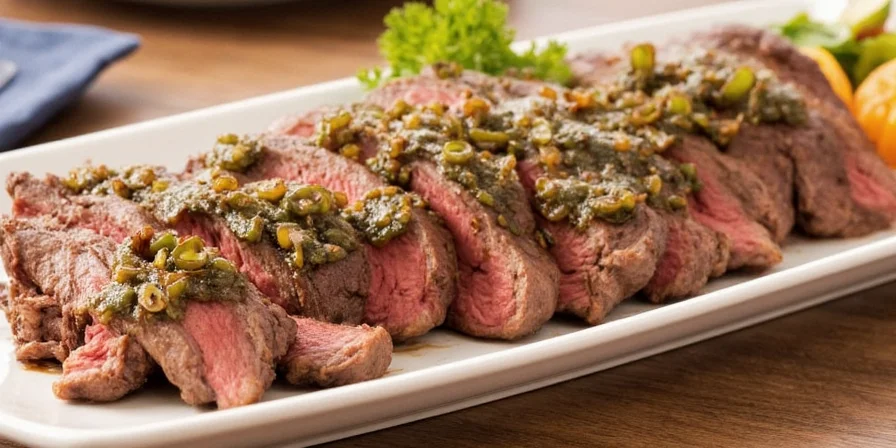

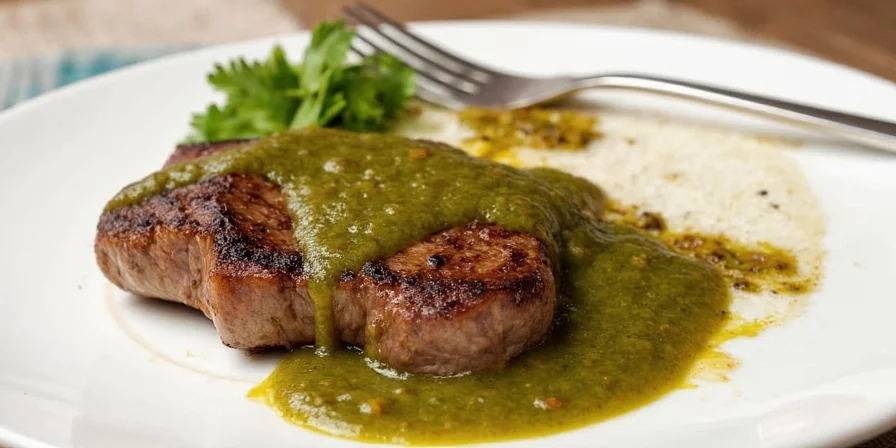









 浙公网安备
33010002000092号
浙公网安备
33010002000092号 浙B2-20120091-4
浙B2-20120091-4